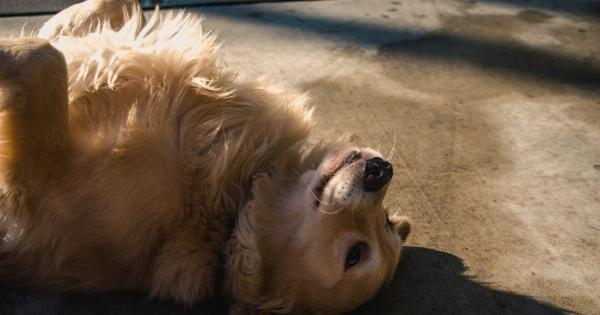Genital hair removal is a personal choice that many individuals make for various reasons, including hygiene, aesthetics, or simply personal preference.
Whether you’re considering waxing, shaving, or using depilatory creams, it’s essential to familiarize yourself with the dos and don’ts to ensure a safe and effective hair removal experience. Here are the key guidelines to follow:.
1. Do Trim Before Waxing or Shaving
Before attempting any form of hair removal, it’s recommended to trim the hair in the area first. Trimming helps prevent excessive pulling or tugging during waxing or shaving, reducing the risk of irritation and ingrown hairs.
2. Don’t Use Chemical Depilatories on Sensitive Areas
While depilatory creams can be effective for hair removal on other body parts, they are not suitable for delicate genital areas. These creams contain chemicals that can cause irritation, burning, or allergic reactions.
Stick to other hair removal methods specifically designed for the genitals.
3. Do Exfoliate the Skin Regularly
Regular exfoliation helps to prevent ingrown hairs by removing dead skin cells and allowing hair to grow freely. Use a gentle exfoliating scrub or a washcloth to gently exfoliate the area a few times a week.
4. Don’t Share Razors or Waxing Materials
Sharing razors or waxing materials can lead to the spread of bacteria or infections. Always use clean and sterilized tools when performing genital hair removal. Disposable razors are a safer option as they minimize the risk of contamination.
5. Do Use Warm Water and Mild Cleansers
When washing the genital area before and after hair removal, opt for warm water and mild, fragrance-free cleansers. Harsh soaps or strong chemicals can cause dryness, itching, and irritation – making the skin more sensitive to hair removal methods.
6. Don’t Overexfoliate or Scrub Too Roughly
While exfoliation is beneficial, overdoing it or scrubbing too forcefully can cause redness, itching, or even small tears on the delicate skin. Be gentle and use moderate pressure when exfoliating the genital area.
7. Do Consider Professional Waxing
If you’re unsure about waxing at home or have had unpleasant experiences, visiting a professional esthetician for genital waxing may be a better option.
They have the expertise to perform the treatment safely and effectively, minimizing the risk of complications.
8. Don’t Shave Against the Hair Growth
When shaving, always follow the direction of hair growth to reduce the chance of ingrown hairs and irritation. Shaving against the grain increases the likelihood of razor bumps and razor burn.
9. Do Moisturize the Skin After Hair Removal
After hair removal, it’s crucial to soothe and moisturize the skin. Use a gentle, fragrance-free moisturizer to prevent dryness, calm any irritation, and maintain the skin’s hydration.
10. Don’t Forget Sun Protection
Once you’ve removed the hair, protect the sensitive skin in the genital area from sun exposure. Apply a broad-spectrum sunscreen with at least SPF 30 to shield the skin from harmful UV rays.































